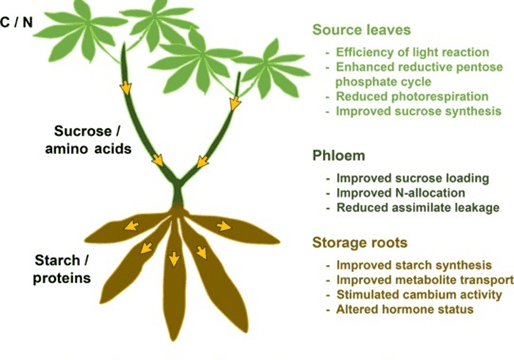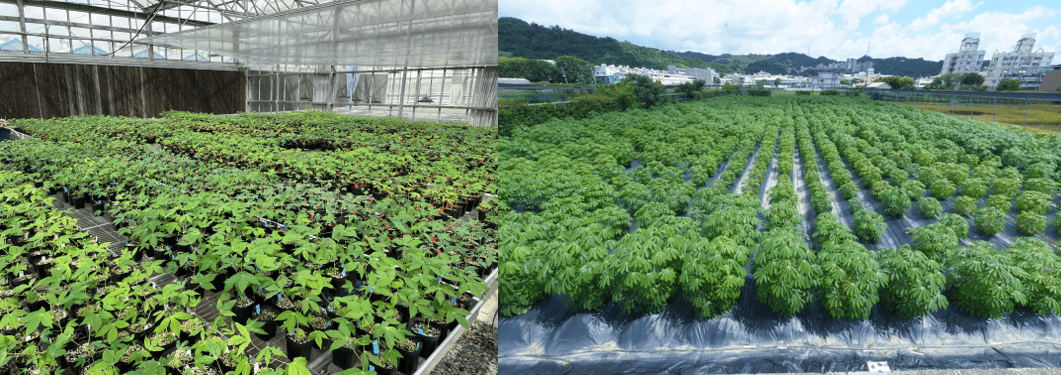Program Results
2023 Annual report of Yushan scholarship Prof Wilhelm Gruissem
Introduction to the event
Staple crops are important for the human diet as a major source of energy and nutrients. Therefore, staple crops need to be nutritious and high-yielding to provide sufficient healthy food for the growing world population. Rice is a staple food for about half of the world population and provides 20% of the calories consumed worldwide, but polished rice grains lack essential vitamins and micronutrients. We have established successful biofortification strategies to increase iron and zinc in the rice endosperm along with provitamin A as well as vitamins B1 and B6, which are important micronutrients for human health. Our novel micronutrient traits have proved to be stable during multi-year confined field trials and the biofortified lines are agronomical normal. We are currently introgressing our micronutrient traits into rice varieties from other countries, in which rice is the most important staple food. Cassava is a staple crop for about a billion people and especially for smallholder farmers in tropical regions of the world. The storage roots of cassava are a main source of starch and food, but often storage root yields in smallholder farmers’ fields are far below what can be achieved with irrigation and fertilization. Our Cassava Source-Sink (CASS) project is an international collaboration of research groups from Taiwan, Switzerland, Germany, USA, UK, and Nigeria that is funded by Bill and Melinda Gates Foundation. We are using a portfolio of biotechnology strategies to develop robust and yield-improved cassava varieties African smallholder farmers in order to improve food security in Sub-Saharan Africa. This includes testing different metabolic engineering concepts to improve photosynthetic sugar production in cassava leaves and to accelerate the transport of sucrose into storage roots where it is converted into starch. We are validating our engineering strategies by testing the agronomic performance of yield-improved cassava lines in confined field trials before introgressing the novel traits into farmer-preferred varieties.
.png%E5%A3%93%E7%B8%AE_Resize%20Image.png)
Figure 1. Our different micronutrient improvement strategies of rice endosperm (i.e., the polished rice grain) center on the FERRITIN protein for iron storage and various enzymes (FRD1, IRT1, NAS, NRAMP3) for efficient uptake and translocation in the plants.

Figure 2. CASS project strategies focus on metabolic engineering of source-sink relation-ships for increasing starch production and storage root yield in cassava.

Figure 3. Selected cassava lines are raised in the greenhouse (left) before agronomic testing in confined field trials (right).

Figure 4. The CASS team scientists at their annual project meeting in Bonn, Germany.
.jpg)
Figure 5. Prof. Gruissem introductory page in President Fuh-Sheng Shieu's special issue.